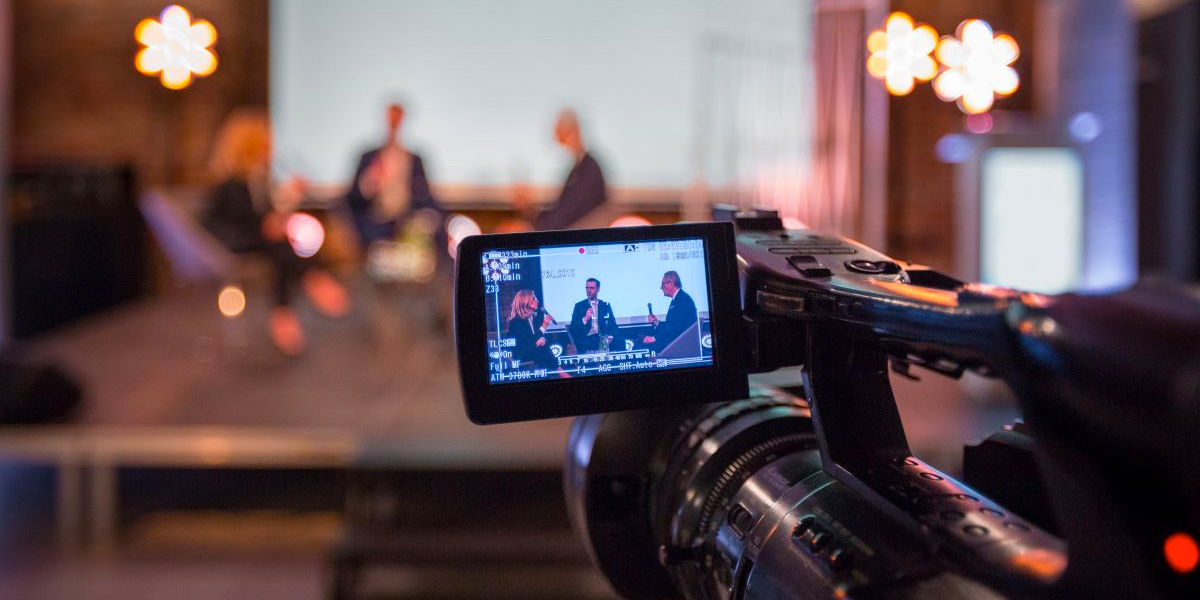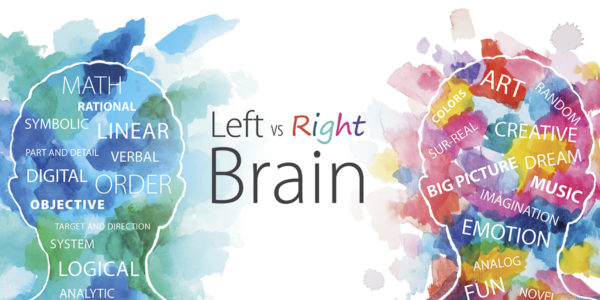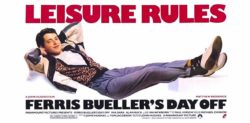A powerful voice through video
Video gives a brand a powerful voice. Video marketing is the most emotionally engaging and persuasive way to put an idea into someone’s head. It can present compelling and authentic stories that connect with audiences more effectively than many other marketing tactics or tools. More importantly, video has the unique ability to change the course of the decision-making and consideration process.
According to Harvard University’s Dr. Howard Gardner, “stories constitute the single most powerful weapon in a leader’s arsenal.” This is true in so many different aspects of our life. Politicians swear by video. Social media is influenced heavily by video. Entire digital and internet platforms have been built around video. Streaming is synonymous with our day-to-day life. Cisco projects that global internet video traffic will make up 82 percent of all internet traffic by the end of this year.
For business, video presents new opportunities to launch new products or services, or to reposition legacy brands, in inspirational and evocative ways, while appealing to the emotional needs of an audience. The fact is emotions constitute powerful, pervasive, and predictable drivers of decision making. Our brains experience emotion 8X faster than we process logic. We feel before we think. These emotions influence judgment and choice, and video is the perfect catalyst to elicit those emotions and influence in buyer and consumer decisions.
Video brings business stories to life, can reverse a failing marketing strategy, and inject nearly any project with excitement and energy. It provides buyers and consumers with a personalized, authentic, and intimate experiences. And it humanizes a brand, which accelerates credibility and trust. When a brand’s story is presented in a video, the chances of influencing an industry, eliciting a response, inspiring community, and enabling your audience to feel something about a brand increases significantly.
Sagon-Phior has used this approach with consistent, predictable, and positive results for years. Here are just two examples of how we’ve used video to disrupt an industry, launch a new technology, and engage new customers:
Disrupting an industry
How can a challenger software brand in the architectural, engineering, and construction industry find a disruptive way to engage new customers and acquire market share away from the industry goliath? Through a riveting episodic video series and branded content experience. No other competitor had tried anything like our approach. The series revealed stories, insights, and experiences of customers like themselves, helping to decrease the distance between their business and the brand. The emotional content in theses video allowed customers to become more enlightened, innovative, productive, and successful in their own businesses.
Launching a new technology and start up
How do you launch one of the most important technological breakthroughs without the finished product being completed? How do you acquire investors while building awareness in the tech community about a new platform that can change the course of almost any business? By bringing the founder’s vision to life while providing a sneak-peek into the outcomes of this technology accelerated new investors, clients, partners and revenue.
Video marketing best practices
Developing powerful and effective videos should follow these best practices:
- Develop your story around the customer’s experience with the brand, not their features and benefits.
- Evoke emotions – use emotional triggers that best represent the experience you would like the audience to feel.
- Make sure the story defines the challenge, reveals the insight, and presents the solution and outcomes.
- Go beyond a talking head and make sure to use relevant and compelling video footage, b-roll, and static images to support the story.
- Make your customer a hero and show how they overcame a challenge or conflict.
- Consider sharing personal stories your audience can relate to.
- It’s always about the outcomes.
- Consider using third parties to validate the story and experience.
- Keep it short, approximately 1:00 to 3:00 minutes.
- Half of all video content on social media is watched on mobile devices with the sound off, so it’s important to include powerful visuals to support the story, and to ensure that the video will be understood with or without sound.
Key Last Thoughts
Video is a very persuasive tool and tactic. You have an opportunity to rethink how you want to launch a startup or a legacy brand, or how to make your customers actually care about your product or service, by using video and changing the course of the decision-making process.
About: Los Angeles based Sagon-Phior, a full service marketing and branding agency, utilizes emotional branding to build better relationships between brands and audiences.
Emotional branding enables more effective ways to increase brand awareness, loyalty and sales while revealing insights to better understand important, often unseen, patterns of consumer behavior.
Sagon-Phior has successfully applied this unique practice to many national and global brands in technology, healthcare, banking and lifestyle industries. For more information, go to Sagon-Phior.com









